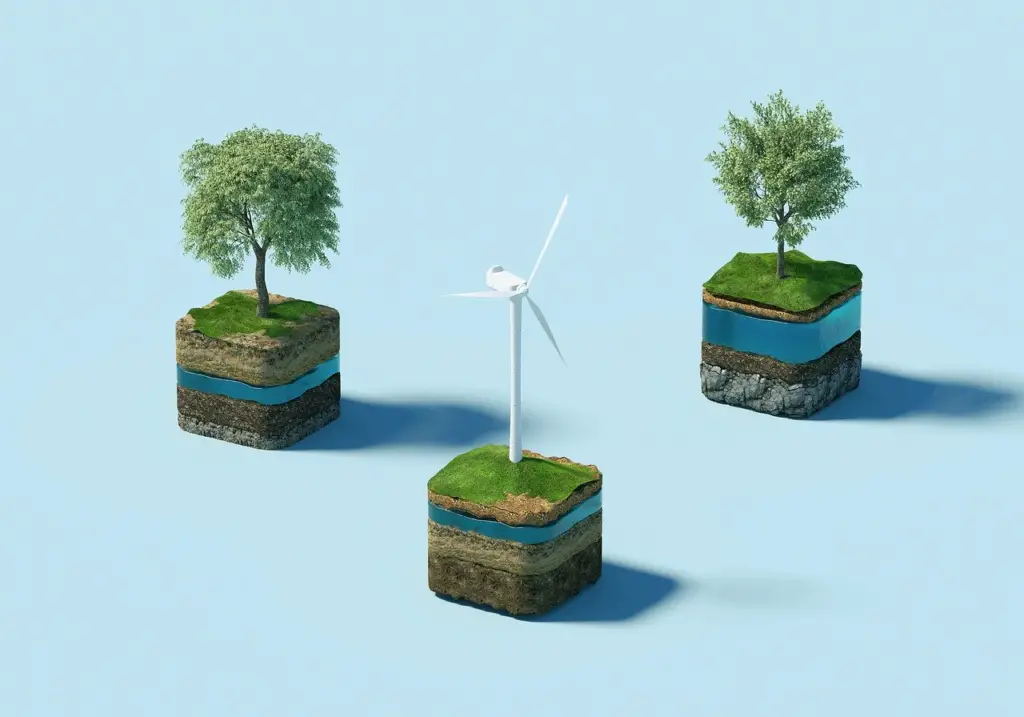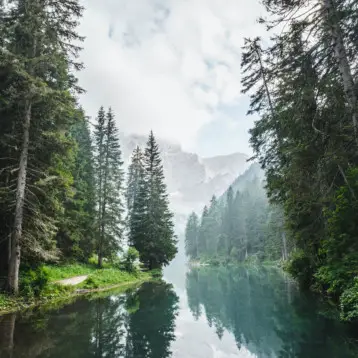
Sustainability has become an increasingly important topic, as broader awareness of the planet’s changing climate and limited resources has come to the forefront of the culture.
But what is sustainability? At its core, sustainability is about an environment, culture or lifestyle sustaining itself. Sustainability might take the form of social or economic development — but one of the most common areas of sustainability is environmental protection.
Preserving the environment is the most important aspect of sustainability, as, without the resources provided by the environment, there would be no way to develop those other aspects.
This environmental protection might take the form of reusing and recycling, changing purchasing decisions in favor of more sustainable options or even growing one’s own food to reduce things like carbon footprint. Sustainability in the home is a growing and important part of the movement — but there are also larger-scale ideas and projects that have the potential for a huge impact on sustainability, and that’s where science gets involved — specifically, geoscience.
What Does a Geoscientist Do?
A geoscientist’s role is to study the physical aspects of the planet. This involves not only raw geology but physics and mathematics. A geoscientist might take part in exploration for oil, minerals, or other natural resources, or they might work in the waste disposal and land reclamation. They may study aerial photos, soil and rock samples, or other sources in order to collect and interpret data. They commonly have a degree in geoscience, engineering, biology or physics. Others might also pursue degrees in sustainability and/or biochemistry.
Other common duties of geoscientists include planning geological field studies and surveys, preparing geological maps and reports, analyzing and reporting geological data, assess water movement to advise on site reclamation or selection, and interpret survey results to advise others on a search for resources. Searching for valued resources like petroleum is a common role for geoscientists.
But geoscience isn’t limited to geology. There are other specialized fields of study:
- Geochemists, who use chemistry to study elements found in groundwater and earth materials (like sediments and rock)
- Geophysicists, who use physics to study the properties of the earth such as electric, magnetic, and gravitational fields.
- Oceanographers, who use their knowledge of the motion, circulation, and properties of the oceans to advise concerning their effect on the weather and climate.
- Seismologists, who study earthquakes and related phenomena.
Geoscientists and Education
To start a career as a geoscientist, one will need a bachelor’s degree in one of the geosciences, earth science, geochemistry, or a related degree. Geoscientists typically also take courses in math, engineering, and computer science. Although you can start a career with nothing more than a bachelor’s degree, some go on to pursue a master’s degree in their field of choice.
Geoscientists and Sustainability
So now back to the core question: how can geoscientists contribute to sustainability?
One of the major ways in which geoscientists can work toward this goal is to support and contribute to the UN’s Sustainable Development Goals (SDG).
The SDG was developed as part of the 2030 Agenda for Sustainable Development, a strategy and shared blueprint for achieving greater sustainability and building a better future for the planet. The 17 goals of the SDG are at the heart of this strategy, providing models for reducing inequality, spurring economic growth, and combating the perils of climate change.
Among the 17 SDGs are initiatives that intersect with geoscience:
- Zero hunger (goal #2), which aims to help the quarter of a billion people in the world currently on the edge of starvation. This includes vastly increasing agricultural productivity, in which geoscience will play a vital part.
- Clean water and sanitation (goal #6), which aims to achieve universal access to clean drinking water, increase the efficiency of water use, and develop widespread access to functional sanitation for areas where it doesn’t currently exist.
- Climate action (goal #13), of which the Paris Agreement is a major part. Goals include strengthening the resilience of humanity to climate-related disasters, integrating climate change action into public policy, and improving education and awareness on how to adapt to and mitigate widespread climate change.
Other ways in which geoscientists can help contribute to the sustainability movement include:
- Taking on an educational role and instructing people, government, and / or industries on threats to the geological environment, how to combat them, and how to develop new, more sustainable models.
- Aiding in sustainability policies and green initiatives by studying geological data and compiling reports on their findings.
- Working in resource and sanitation management
- Pursuing responsible and sustainable exploration and use of natural resources like gas, oil, and minerals.
- Supporting marine sustainability projects (ideal for those studying marine geology in particular).
- Working to help end hunger by finding soil and water resources to support crops, or finding new and innovative ways to use and recycle resources.










